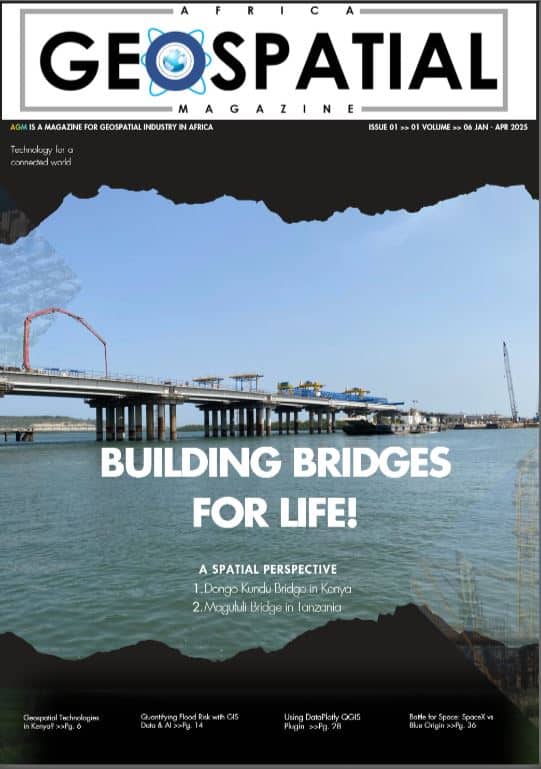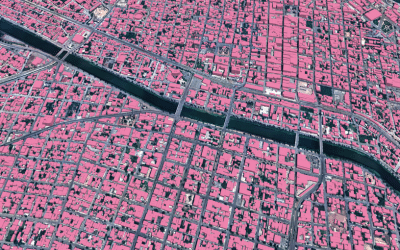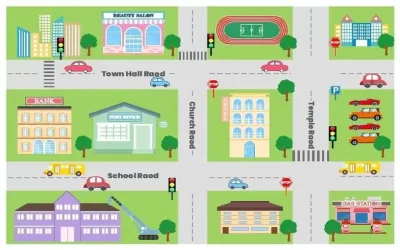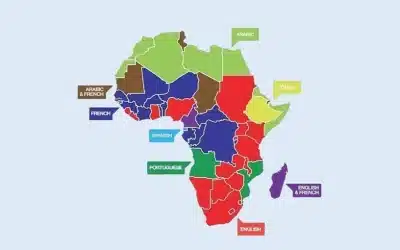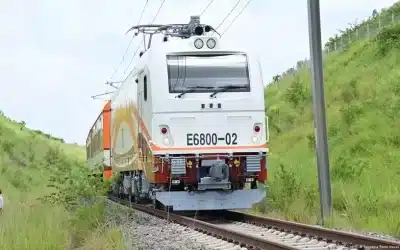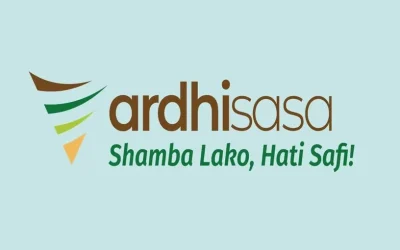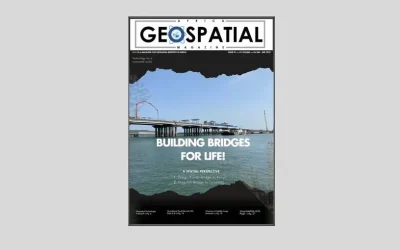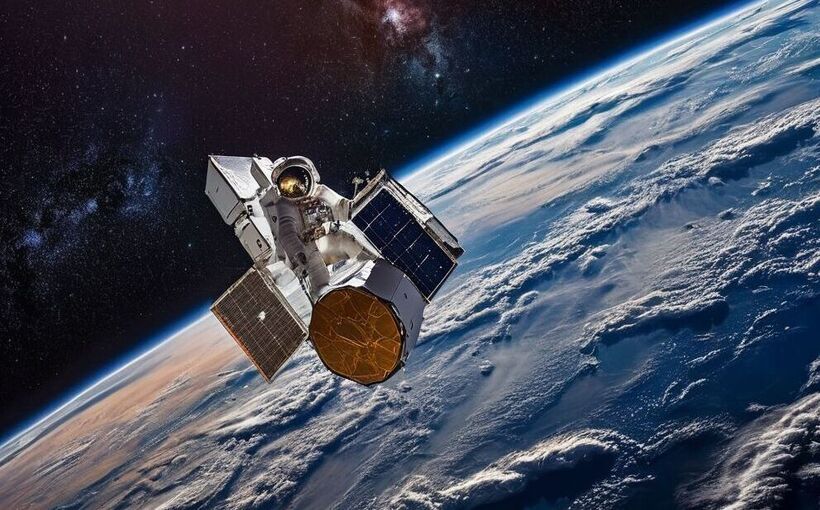Grand Ethiopian Renaissance Dam (GERD) was constructed between 2011 and 2023. The dam’s primary purpose is electricity production to relieve Ethiopia’s acute energy shortage and to export electricity to neighboring countries such as Kenya, Uganda, Tanzania, S.Sudan and Somalia. With an installed capacity of 6.5 Gigawatts (GW), the dam is the largest hydroelectric power plant in Africa and among the 20 largest in the world.
The Grand Ethiopian Renaissance Dam is designed to trap 100 years of sediment inflow. Lack of sediment data and rapid land degradation may result in higher sediment yields than expected. The reduction of sediment inflow through watershed management is key to achieving long-term sustainability.
GERD cost of construction
GERD was built at a cost of about $5bn (£3.7bn), with a reservoir roughly the size of Greater London – has led to a surge in Ethiopian nationalism, uniting a nation often polarized along ethnic lines and mired in persistent conflicts. The main GERD contractor is the Italian company Webuild (formerly Salini Impregilo), which also served as primary contractor for the Gilgel Gibe II, Gilgel Gibe III and Tana Beles dams.
The dam is located on the Blue Nile in Ethiopia, located about 30 km upstream of the border with Sudan. It is the largest hydropower project in Africa. Owned and operated by the Ethiopian Electric Power company, the 145-m-tall roller-compacted concrete gravity dam will flood 1,870 km2 at a normal pool elevation of 640 m, and will have a tributary catchment of 172,250 km2. With a volume of 74 km3 (of which 15 km3 is dead storage), the reservoir can hold about 1.6 years’ worth of average flow of the Blue Nile – 48.5 km3/yr – at the El Diem gage station, just below the border in Sudan.

The dam required 10 million m³ of concrete for which the government pledged to use only domestic production. In March 2012, Salini awarded the Italian firm Tratos Cavi SPA a contract to supply low and high voltage cable for the dam. Alstom provided the eight Francis turbines for the project’s first phase, at a cost of €250 million.
On 26 June 2020, Egypt, Sudan and Ethiopia agreed to delay filling the reservoir for a few weeks. A month later, on 21 July, Ethiopian prime minister, Abiy Ahmed, announced that the first phase of filling the reservoir had been completed.
“Ethiopians may disagree on how to eat injera [their staple food], but they agree on the dam,” Moses Chrispus Okello, an analyst with the South Africa-based Institute for Security Studies think-tank, told the BBC.

“They do not see it as a pile of concrete in the middle of a river, but as a monument of their achievement because Ethiopians, both at home and in the diaspora, funded the dam’s construction. There were waves and waves of appeals for contributions when construction started in 2011.
“The government also issued bonds that were bought by companies and workers. So, the sense that all Ethiopians own the dam has grown exponentially, and its inauguration is a source of great pride for the nation,” Mr Okello said.
Credits: hydropower.org
Latest News and Technology Articles: https://orbital.co.ke/blog/
Mobile Data Collection Solution: https://orbitalafrica.com/orbicollect/
Our Contacts: T: +254 719 672 296 | E: [email protected] | W: https://orbital.co.ke




